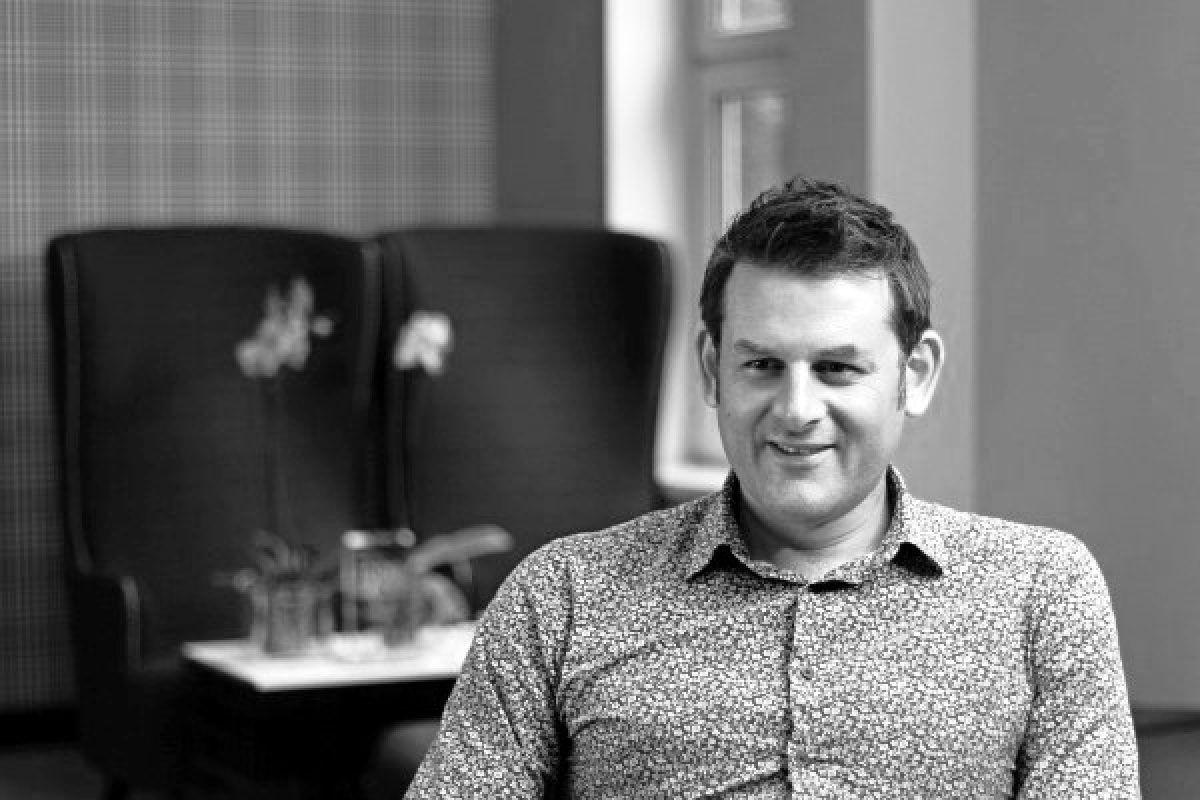Ollie Harris, Associate Director, Benoy Interiors London
There is no doubt of the many benefits of biophilic design within our interior design projects. From the simple aesthetic enhancement through to the positive effects on physical and mental health. It’s something we as a team truly believe enhances many of the spaces we create. However, some clients are averse to the inclusion of greenery, and on top of that not all great spaces warrant planting.
The predominant barrier is maintenance. The requirement for regular care, results in additional cost. Finding ways to assure the client that there is value in them investing in biophilia, can be a challenge. Healthy, flourishing planting looks amazing however if ill-maintained it becomes an eyesore. One alternative, is the use of imitation planting. Advancements in quality mean that visually, in the correct locations, compromise can be minimal, however, quality still comes at a cost.
One question we ask, is if we have natural light available to allow plants to thrive. Of course, grow lights are an option, however, to align with our sustainability goals, we’d prefer to be more selective in where we place greenery, if at all.
In circumstances where planting is not possible or suitable, we look to other routes to achieve similar results. Natural materials, digital media and biomimicry to simulate elements of nature and its processes, are all design tools we use to create immersive destinations with physiological benefits.




